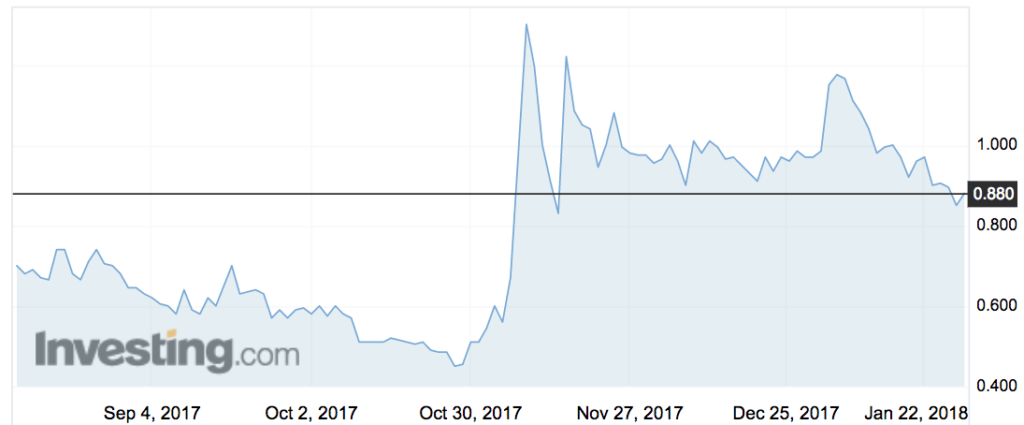Aurora Labs teams up with CSIRO to supersize 3D printing to 1 tonne per day
Tech
Tech
3D metal printer Aurora Labs will partner with the CSIRO to advance its printing capacity to 1 tonne in 24 hours.
Under the agreement, Aurora will supply the printer and powders and the CSIRO will provide the technical, research and development service – a partnership that will expedite the establishment of Aurora’s Additive Manufacturing Solution Centre.
Additive manufacturing is the process of building 3D materials by adding layer-upon-layer of material — anything from stainless steel to bronze, iron or titanium. Aurora hopes to introduce the technology to major infrastructure, mining and resource companies globally.
Aurora shares (ASX:A3D) gained 5 per cent to 89c in opening trade on Tuesday.

“The research agreement speeds up the development of our Solution Centre, enhances our credibility, as well as endorses the technical performance of our technology,” managing director David Budge told investors.
“It also represents a significant advancement of Australia’s additive manufacturing industry and demonstrates the commercial application of 3D metal printers to provide tailored, faster and cheaper components to a number of industries.”
The solution centre is to be established in conjunction with Australian engineering group WorleyParsons (ASX:WOR), a deal that saw the company’s share soar 75 per cent on announcement in November.
It will focus on the design and certification of parts and assemblies of parts, including company inventory evaluation and redesign as well as providing consultancy services to optimise inventory using 3D printing.
Aurora currently offers a small format printer (SFP), which can build parts up to 150kg — but is hoping to offer medium and large format printers by the end of the year.
“This technology is entirely different from the technology used to develop the SFP, with the expected ability to print complex metal-based 3D-printed parts at very high speeds,” it told the market on Tuesday.
“The Large Format Technology is aiming for a capability to print parts of up to 1 tonne in 24 hours, and currently, no global competitor has a printer which combines the Large Format Printer’s targeted print size with its targeted speed and precision.”
But there can be no 3D printing without metal powder.
Aurora continues to develop its powder production unit and plans to begin testing in the third quarter, in a bid to tap into the multi-billion-dollar metal powder market.
Aurora made $73,000 in sales of its small format printer in the past quarter, and had $2.6 million in the bank at the end of the period.
It estimates outgoings of $1.4 million for the current quarter.
The shares have traded between 44c and 4.1 in the past year.